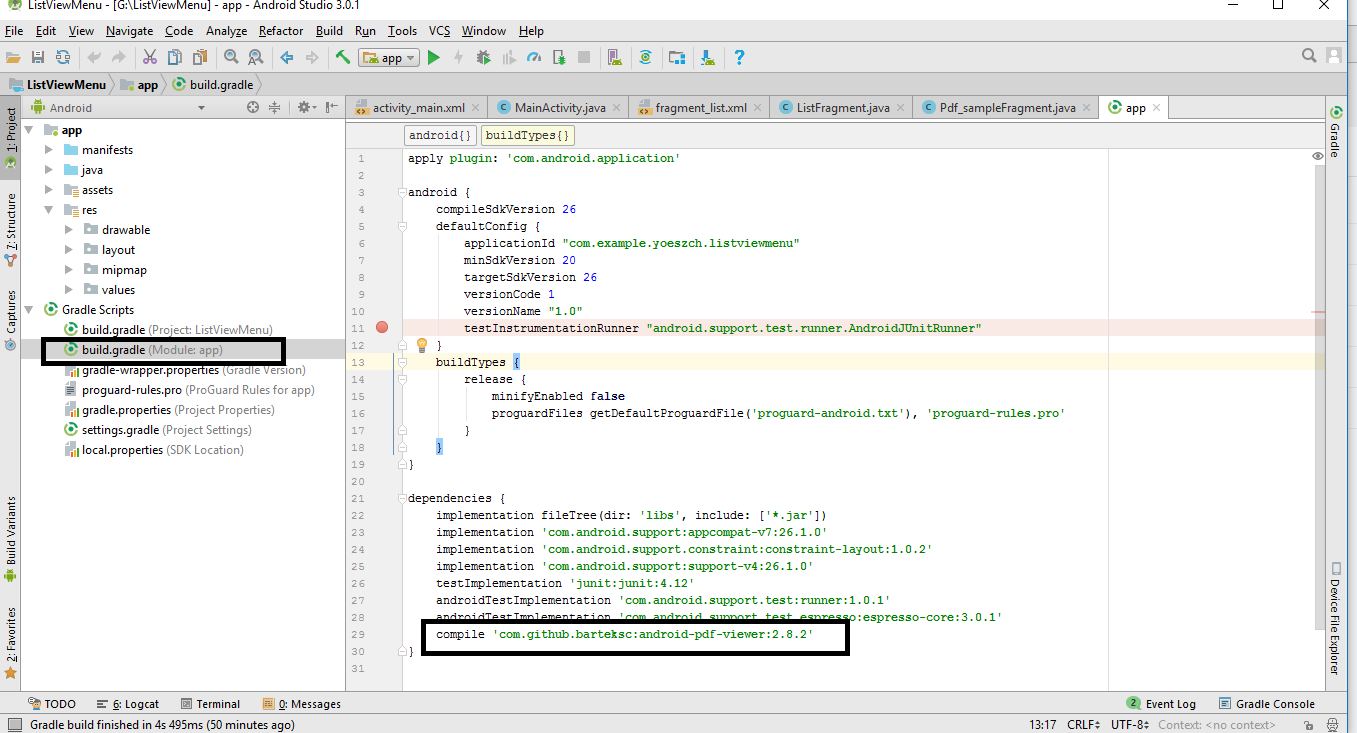
Those steps are deliberately listed as bullet points and not a numbered list.
Gradle compiles the Flutter app and all of its subprojects (Flutter plugins). adle adds all of the Flutter plugins of an app as "subproject". adle adds the Flutter engine and all of its support libraryĭependencies as a jar dependency to the Flutter app. Gradle reads the app's adle, which applies the Flutter framework's. The Flutter tool invokes Gradle to build the APK. The newly downloaded plugins from pub on disk. Includes things like the location of the local Flutter SDK, and paths to all The Flutter tool writes project metadata to some local temporary files. This step follows normal pub get behavior The Flutter tool fetches any plugin dependencies of the Flutter app from pubĪnd downloads it to the pub cache. Places at once it lives and how asynchronous Gradle builds are. Of the overall flow, which can be hard to follow given how many different The logic lives in many places: the Flutter framework, the Flutter app template,Īnd a mix of both Dart and Gradle scripts. Unexpected Plugins and Packages failuresįlutter builds APKs through a long set of steps that ultimately defer to Gradle. Plugins and Packages repository structure. Setting up the Packages development environment. Setting up the Plugins development environment.  Engine-specific Service Protocol extensions. Custom Flutter Engine Embedding in AOT Mode.
Engine-specific Service Protocol extensions. Custom Flutter Engine Embedding in AOT Mode. 
Using Sanitizers with the Flutter Engine.Setting up the Engine development environment.Writing a golden-file test for package:flutter.Setting up the Framework development environment.

Manual Engine Roll with Breaking Commits.How to write a render speed test for Flutter.







 0 kommentar(er)
0 kommentar(er)
